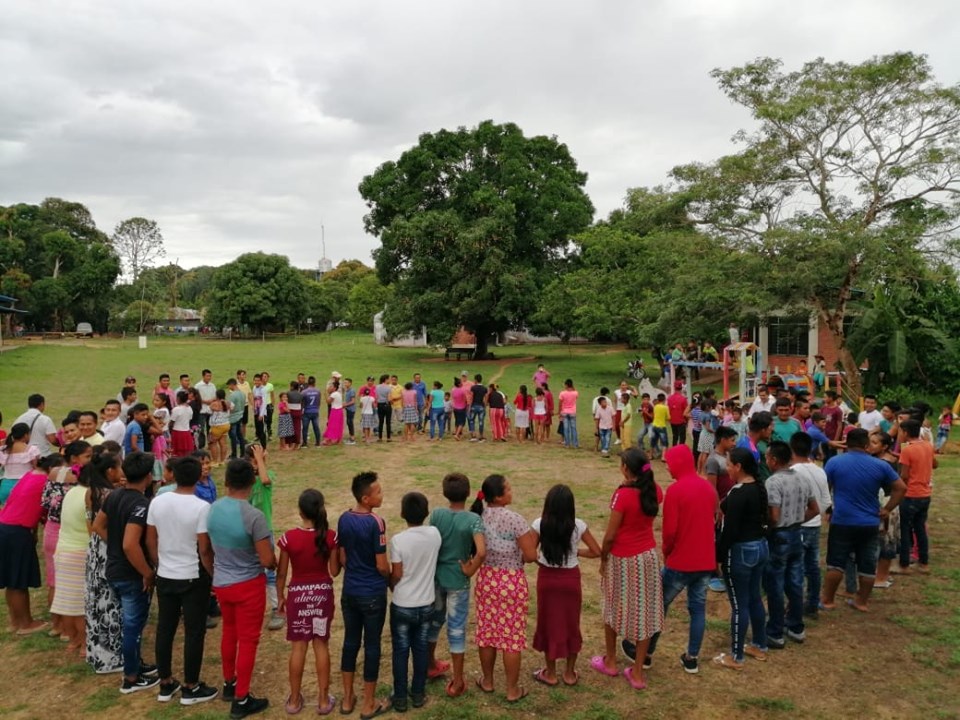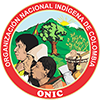Indigenous people of Colombia: how many are we, where do we live and how are we?

• By: Daniel García-Peña: Columnist of El Espectador who gave his space today to Luis Fernando Arias Arias, Senior Counselor of ONIC.
• Link: https://amp.elespectador.com/opinion/indigenas-de-colombia-cuantos-somos-donde-vivimos-y-como-estamos-columna-877993?__twitter_impression=true
On July 4, the National Administrative Department of Statistics (DANE) delivered the results of the National Population and Housing Census to the country, revealing that 48,258,494 people live in Colombia.
However, with respect to the number of the indigenous population, the entity emphasized that it would continue to comply with the agreements of the previous consultation carried out within the framework of the Permanent Conciliation Table and that once the evaluation process of the figures would be presented to the country. But contrary to what was stated by the DANE management, the institution and its technicians are reluctant to comply with the agreements and instead of making an assessment with the indigenous peoples of the data collected in their official communications, they only refer to socializing the same.
From our organizations we are aware that the results of the Census are fundamental for the Colombian State to define the design, implementation and evaluation of public policy for the next 20 years, as well as the safeguard plans to guarantee the physical and cultural survival of our villages
Therefore, our concern regarding the impact on the future well-being of the most vulnerable populations because of the census results is very large, since DANE has wanted to detract from our administrative records (own censuses), built in a manner joint by indigenous organizations in the precensal stage (pre-counting of communities, homes and people). Thus, today our organization has found a substantive difference of 400 thousand indigenous people living in rural areas in contrast to the figure that DANE apparently will present to our country.
Today, indigenous peoples and Colombia will not know the technical study that accounts for the volume of complete omission of indigenous and non-indigenous geographical areas, nor what is the complete omission of housing in rural areas. Although DANE has formalized the omission of persons nationwide at 8.7% (4,094,077 people omitted), this percentage is higher than the simple average of what happens in Latin America (5%). Thus, our concern regarding the figure not formalized by DANE is based on the fact that indigenous peoples and communities in more than 50% of the cases inhabit rural regions of very difficult access and in non-municipalized areas.
For these reasons, from the National Indigenous Organization of Colombia, we call on all technical and political precautions not to deepen through the use of official statistics the social gaps that the indigenous peoples and communities of Colombia possess. At the same time, we ask the new management of DANE to comply with the agreements agreed in the framework of the previous consultation, which provided for an evaluation of the results before being formalized, in addition to advancing in the coordination of related post-census aspects with the dissemination of information to our communities, population projections, post-census studies and training for the use of information in the elaboration of our life plans.
* Note from Daniel García-Peña: It is an honor to give my space today to Luis Fernando Arias Arias, senior advisor of the National Indigenous Organization of Colombia.



